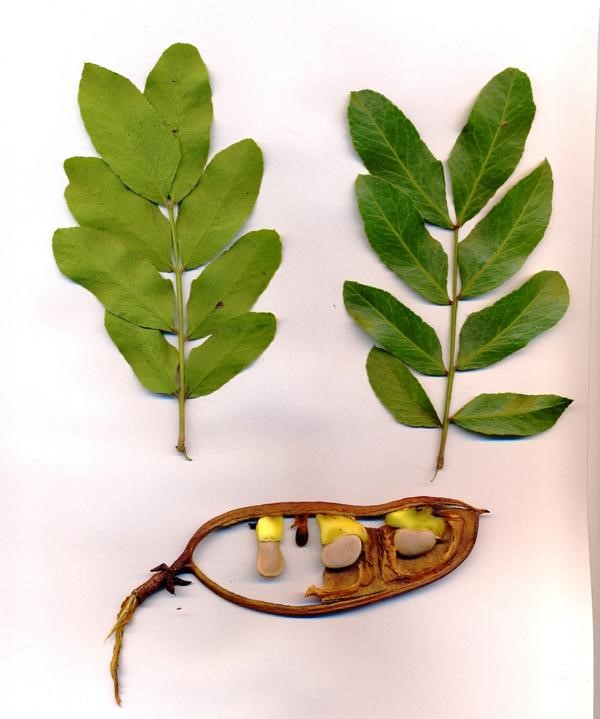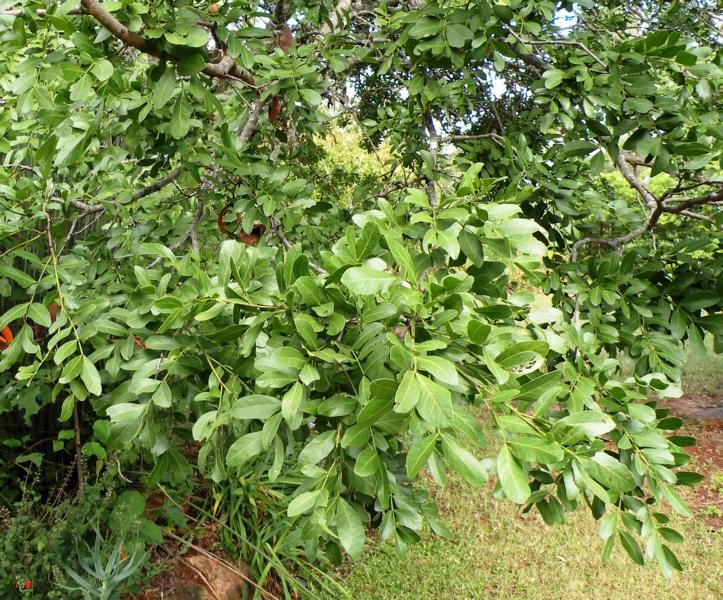By JP Felu
Family: Fabaceaea
Sub-family: Caesalpinioideae (The Cassia and Brachystegia sub-family
Common names: English-Weeping Boer-Bean, Tree Fuchsia; Ndebele- Nyamari; Shona- Mutondochuru
The family Fabaceae or, using the more descriptive name Leguminoseae, is a huge group that contains virtually all plants that bear legumes with a bean- shaped fruit. The family is so large that has been sub-divided into three: the Mimosoideae where the flowers have reduced or no petals (mimosa-like); the Papilionoideae with flowers the shape of a butterfly (papillion in French) and the Caesalpinioideae where petals are seldom absent and often showy.

The genus Schotia was named by Baron Nikolaus von Jacquin, a Dutch botanist, after his friend and travelling companion, Richard Van der Schot, who visited South Africa in the 18th Century.The specific name brachypetala simply means “short petals” and comes from Greek and Latin. Looking at the photograph, you may ask why the specific name is brachypetala; in fact what you see are not petals, they are sepals (calyces and pedicels). The petals themselves are mostly reduced to mere filaments.
The tree can grow to some 20 metres in height in favourable conditions. In Zimbabwe, they are mostly half that size or even less. The tree is densely branched and has a rounded crown with a spread of roughly the same size as its height. The bark is rough grey to dark brown. The leaves are compound with four to six pairs of leaflets, the margins being entire and wavy. The tree is mildly deciduous – in my garden in Bulawayo it is evergreen.

Flowers are produced from August to November or longer. When in flower, the masses of red sepals are spectacular and the nectar attracts many species of birds. I remember spending hours watching different Sunbirds: Malachite, Miombo Double-Collared, White-Bellied, Amethyst and Marico come to mind. One year we identified over 50 species of birds visiting the tree.
The pods mature around February to May and are woody and dark brown. The pale brown beans are about 20mm in diameter but have a very characteristic bright yellow aril. The pods split on the tree but when they fall, the pod membrane rots rather quickly leaving only a skeleton.
The seeds minus the aril can be roasted and eaten. Monkeys, Parrots and Bush-Babies also eat the raw seeds. The leaves are browsed by many species of Antelopes and Giraffes, while the Black Rhino is reputed to eat the bark. The tree also attracts many kinds of insects and is larval food for several species of Charaxes Butterflies.
Medicinally it is a most important tree, as a decoction of the bark is reputed to be a very good treatment of hangovers; it is also used as an emetic and to treat diarrhoea.

